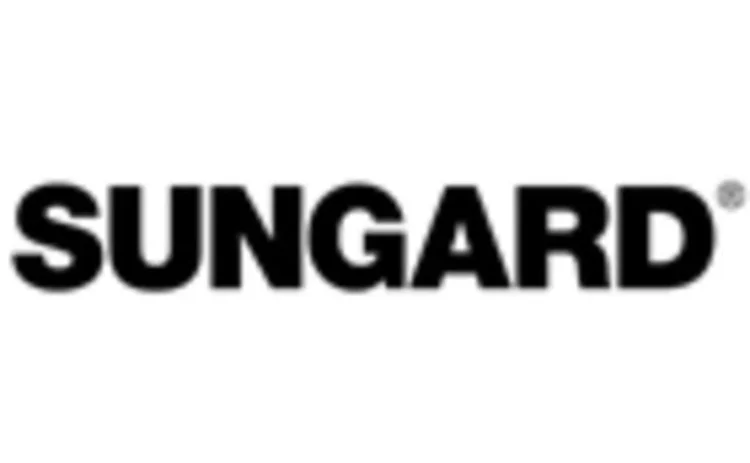
Sponsored Q&A: SunGard

What area(s) of the new Dodd–Frank rules will affect energy trading the most?
Ben Jackson (BJ), senior executive vice-president, SunGard Energy & Commodities: New regulations will substantially change the business of energy trading, so firms need to focus their attention and efforts on the following:
1. Changing margin and collateral requirements: bilateral over-the-counter (OTC) trading will be subject to increased collateral requirements. Also, the increase in cleared trading will require firms to understand, anticipate and manage margin calls intra-day.
2. Position limits: all market participants – futures commission merchants, broker-dealers and buy- and sell-side traders – will need to understand their positions by underlying commodity and in real time.
3. Interconnectivity to new entities: market participants will be required to connect, interact, transact and report data to new entities such as swap execution facilities and swap data repositories (SDRs).
4. New regulatory reporting and compliance mandates: completely transparent, real-time reporting requirements on new transactions, and daily valuations on existing transactions will be required.
What can energy companies do now to ensure their systems and processes comply with the new rules?
BJ: Energy companies need to start preparing their organisations to address the four areas of focus, as previously described, by doing the following:
• Ensure the treasury department has a complete grasp of the current collateral requirements for OTC activity – cash and non-cash collateral – and that it runs scenarios on the impact to the organisation if this requirement is substantially raised.
• Ensure their organisations understand intra-day margin requirements, then employ tools to optimise and minimise cash and collateral requirements by proactively selecting the ideal execution and clearing venues in which to clear transactions.
• Replace spreadsheets and ad-hoc solutions for end-of-day position tracking. The rules will continue to morph at the exchange and Commodity Futures Trading Commission levels. Fortunately, there is expertise in the market that will enable firms to stay compliant.Look for the experts that have direct exchange and clearing-house integration, alerts and workflow, commodities domain expertise and tools to break down an underlying commodity position in real time across exchanges and instruments such as a future, a swap, an option, a calendar spread and a crack spread.
• Engage market data teams to consider how they will report continuation data and the proprietary nature of their organisation’s own data. A lot of this reported data will become public information through the SDR. Entities with the obligation to report should engage independent, recognised sources of OTC commodity market data to report on their behalf.
• Employ the right systems to proactively monitor compliance with new and changing reporting requirements to avoid fines. Do not wait until you are caught.
How do you think energy companies will fare, in terms of the implementation timeline, once the rules have been finalised? Will the necessary infrastructure or systems be available and up to scratch?
BJ: The energy companies that look at these changes as opportunities for their organisation, as opposed to a threat, will better position their traders for future success. Each organisation should look at employing true Software-as-a-Service solutions that will monitor the changing rules, adapt for compliance, ensure fast implementation and provide a rapid return on their investment. Companies that execute the above recommendations will be better prepared to:
• optimise the use of cash and non-cash collateral against trading activity;
• manage their exposure to risk across profit and loss, position, market risk and cashflow;
• rapidly and inexpensively comply with evolving regulatory reform that, if history is any guide, will continue to morph;
• protect proprietary information, particularly on illiquid OTC trading activity; and
• minimise operational risk exposure by eliminating spreadsheet reporting outside of industrial-strength software solutions.
Click here to view the article in PDF format.
Sponsored content
Copyright Infopro Digital Limited. All rights reserved.
You may share this content using our article tools. Printing this content is for the sole use of the Authorised User (named subscriber), as outlined in our terms and conditions - https://www.infopro-insight.com/terms-conditions/insight-subscriptions/
If you would like to purchase additional rights please email info@risk.net
Copyright Infopro Digital Limited. All rights reserved.
You may share this content using our article tools. Copying this content is for the sole use of the Authorised User (named subscriber), as outlined in our terms and conditions - https://www.infopro-insight.com/terms-conditions/insight-subscriptions/
If you would like to purchase additional rights please email info@risk.net